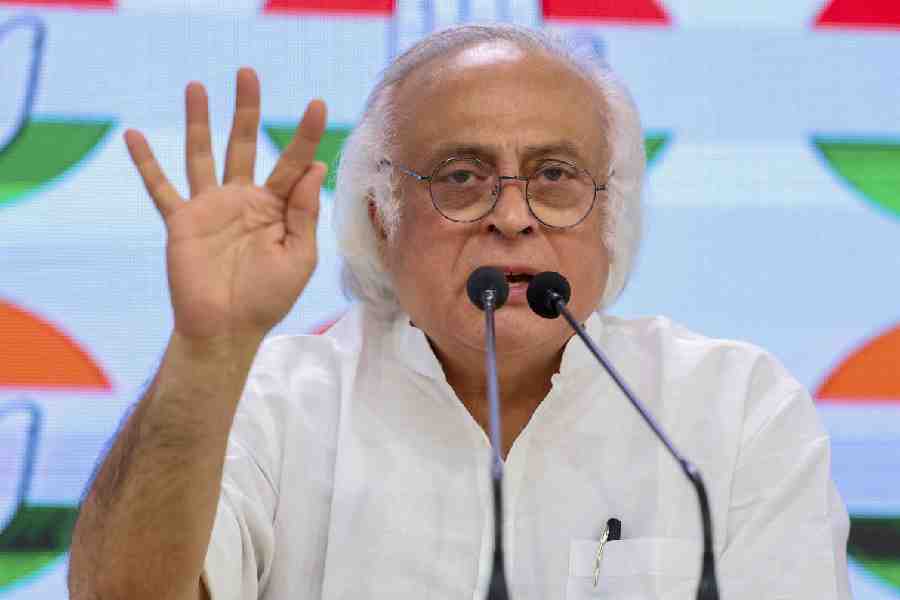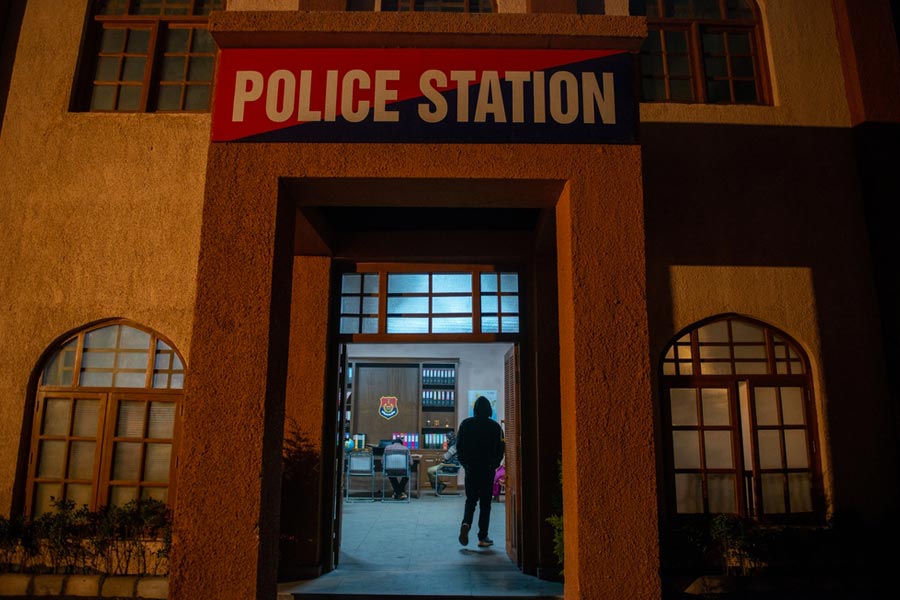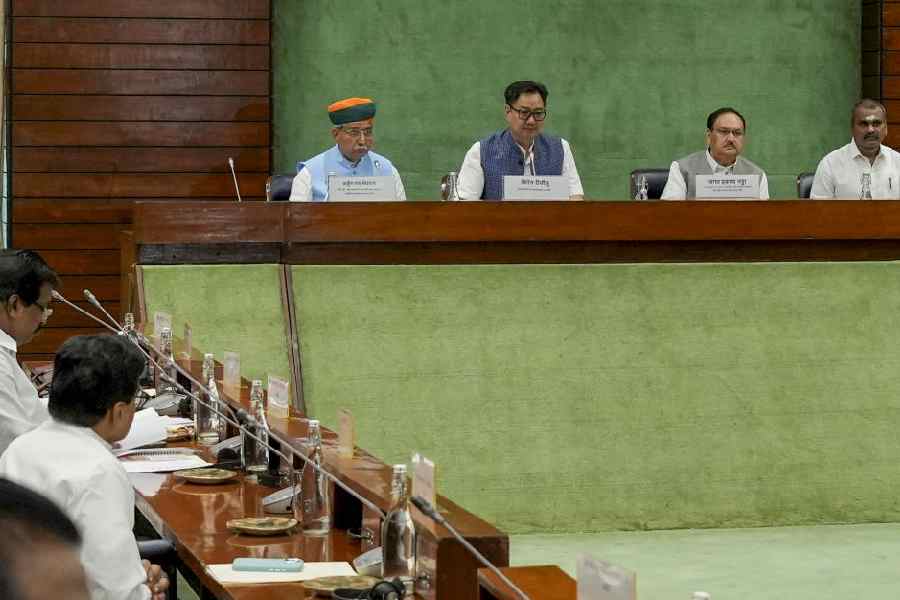 |
| Dress licence |
Dhaka, Oct. 4: Dhaka High Court today ruled that no woman in Bangladesh should be compelled to wear a burqa against her wishes.
“Attempts to coerce or impose a dress code on women clearly amount to a form of sexual harassment,” the court said, in what is being seen as a landmark verdict in the Muslim majority country.
The battle began seven months ago when a school headmistress, Sultana Arjuman Banu, dragged a government official to court for calling her an “uncultured prostitute” because she did not wear the garment. The court today asked the official to unconditionally apologise to her.
The burqa has become a topic of debate not only in the Bangladesh parliament but also in educational institutions. Today’s judgment is the fourth passed by the courts, all unequivocally upholding a woman’s right not to wear a burqa if she does not want to.
The first order came in March. The high court then banned police from “hassling” women who do not wear the garment after nine teenage couples were arrested from a park in the northern Rangpur district because the girls were not in burqas.
In April, the court ruled that lady teachers could not be forced to wear the garment in their educational institutions. Last month, the order was extended to all students following reports that the principal of a state-run college in northern Bangladesh had forced them to wear burqas.
Today’s verdict has upheld the right of all women in Bangladesh to choose what they wear.
But even as the courts and the Awami League government are paving the way for greater freedom for women, more and more seem to be taking to the veil.
Mehtab Khanoum, a psychologist who teaches at Dhaka University, said many more girls were being seen in burqas these days compared to 1983, when she first started teaching. “The burqa isn’t necessarily a custom of purdah. It’s seen by many as a security blanket. Law and order here is such that women feel they will be teased less if they are veiled,” she said.
“Also, I have noticed that as we are progressing technologically, as a society we are going backwards. As children have access to more technology, parents are becoming stricter. I see it as a direct link to why more girls are covering up.”
Khanoum, who is also heard on radio talking on women’s issues, said there a lot of pressure on young girls to dress modestly and behave politely. “Sleeveless blouses, jeans and T-shirts are still frowned on. Court orders cannot change society.”
Salma Haidar, a 23-year-old woman shopping in a mall, corroborated what Khanoum said. “My burqa makes me feel good and safe. I started wearing it a few months ago because my family said I would be safer in it,” she said.
But Ishrat Jahan, a computer science student, would not agree that women in burqas were teased less. “That’s a myth. They are teased the most, along with those who are overtly modern. Eve-teasers try to lift the veil to see what the girl is trying to hide,” she said, laughing.
“With the growing exposure to Internet and satellite TV, I’ve noticed many women going all out to cover everything but their eyes. Some modify their burqas, which looks really trendy. But these court orders haven’t made any difference. Girls who used to wear burqas still do.”
Others like Fahida Islam, a 19-year-old television presenter who wears a hijab, a headscarf concealing the hair and neck, felt Bangladeshi women should embrace Islamic customs more. “My hijab is my freedom,” she said in an interview to a foreign news agency last month.










